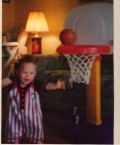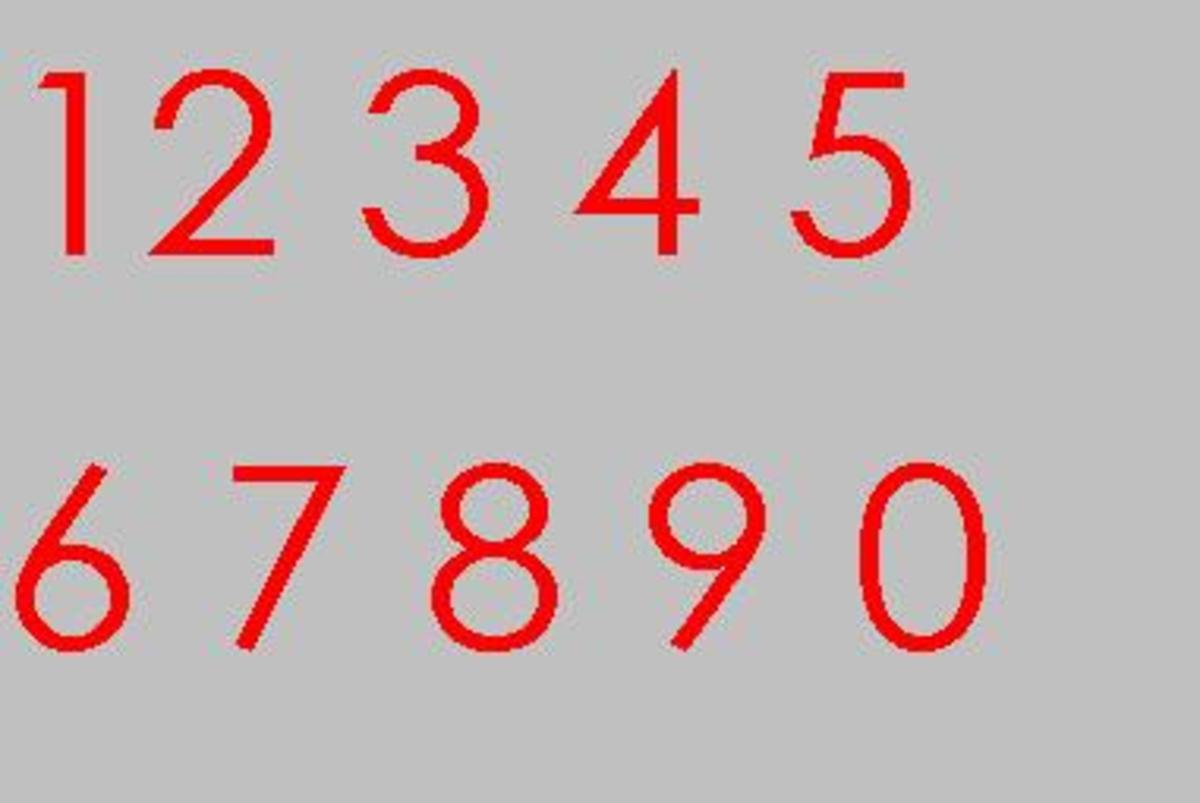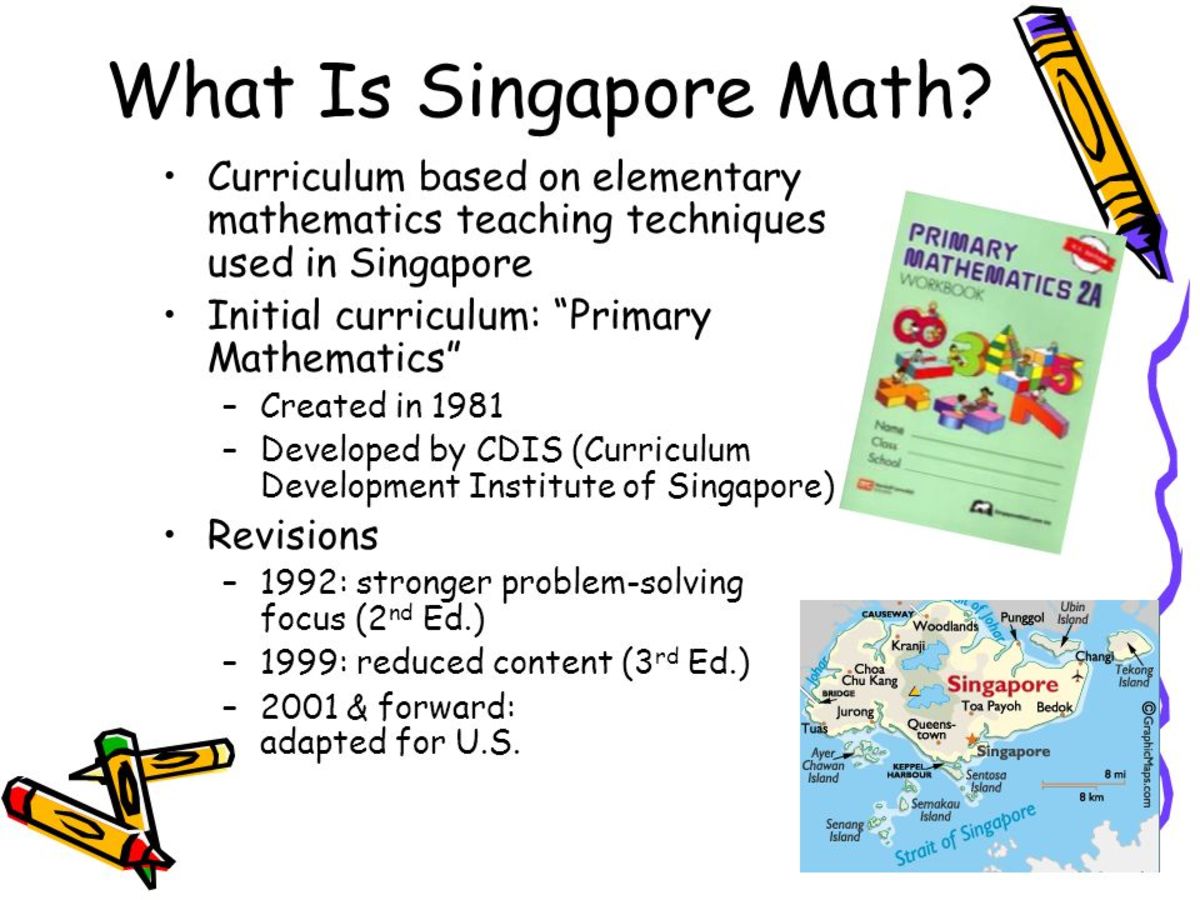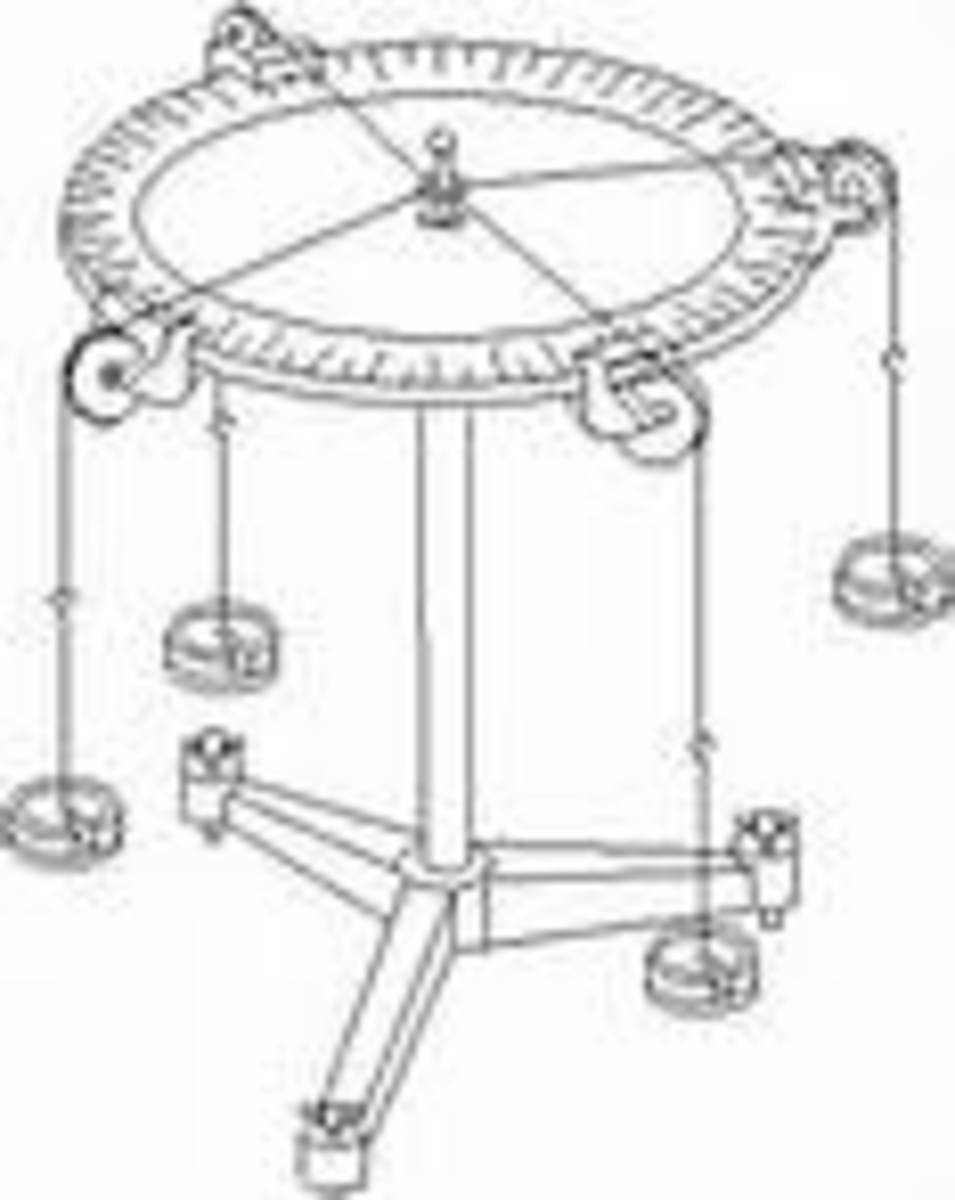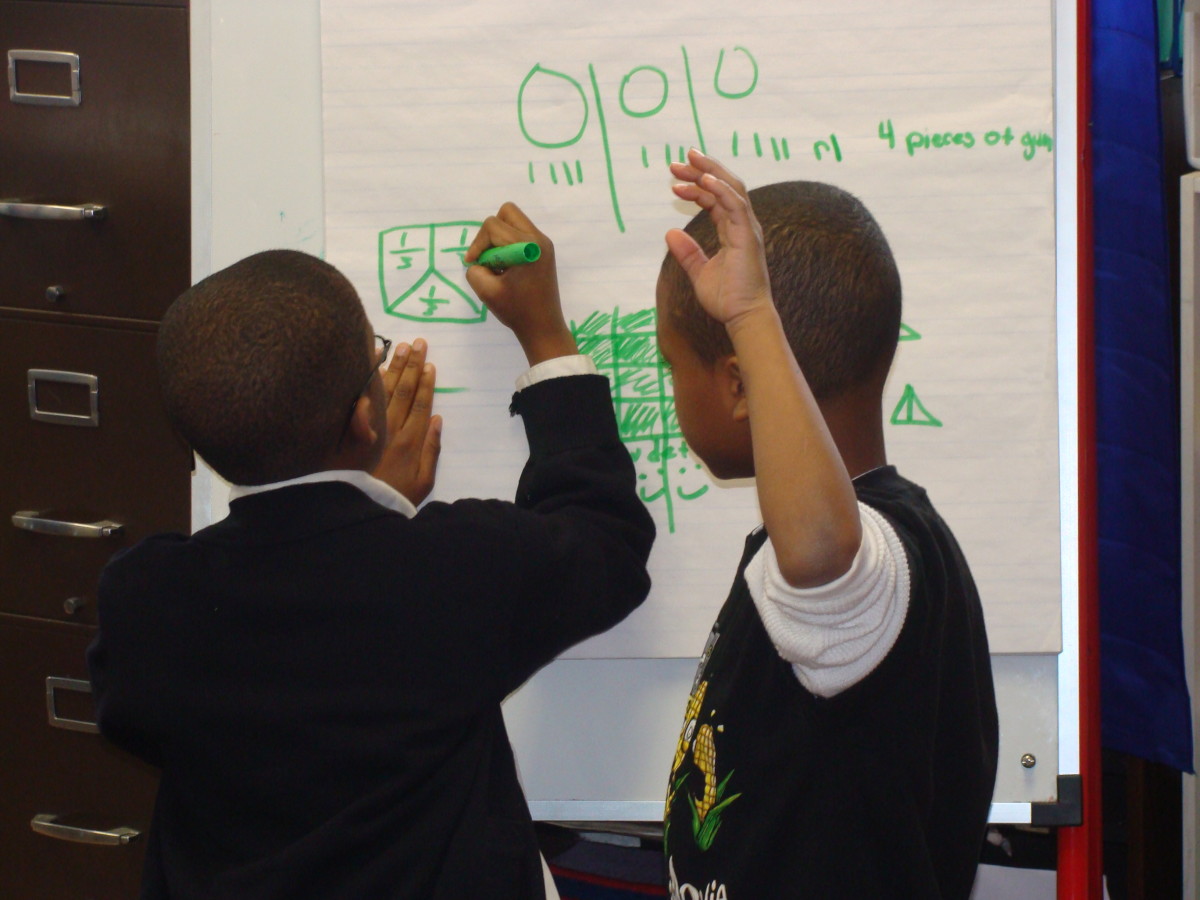A Few Great Ways to Teach Children Mathematics Using Everyday Situations
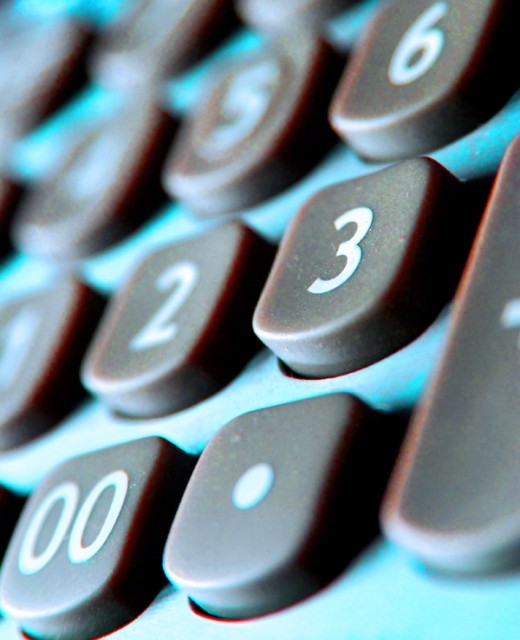
These days, knowing and understanding the fundamental concepts of mathematics can prove to be a very useful tool for balancing your budget, understanding the economy, and even securing and keeping a well paying job. Unfortunately for many Americans, math is a subject that is sometimes difficult to grasp, let alone teach to their children. Instilling a love for mathematics in a young child can start well before the child even learns to talk. Whether it's playtime or a trip to the grocery store, everyday situations can be used to teach children some of the fundamental concepts of mathematics with little effort. Here are a few easy ways that everyday situations and playtime can be turned into a math lesson that won't leave your child feeling like they are "learning."
Counting Things in the Environment
Counting, and numbers, is one of the easiest things that you can teach your child. It is also probably the first and most important practical mathematics concept that they will learn. The order and value of numbers will form the basis for more advanced concepts in the future making them easier to understand.
Everywhere you go, there are things around you that can be counted. Whether you are counting the steps it takes to get to the car or how many books are on a shelf, counting can be easily incorporated into everyday activities. Here are some other things that can be counted with or by your child:
- The number of birds at the park, in a tree, or on a powerline
- The number of people that walk passed a particular point
- The number of steps on the stairway to the next floor of a building
- The number of cars that you pass as you walk into a store
- The number of jars of peanut butter on a shelf at the grocery store
- The number of red lights you have to stop at while running errands
- The number of toys in the toybox
- etc...
As you can see, there are counting opportunities all around us. Moreover, meal time presents parents with a unique situation that can be used to teach youngsters about numbers:
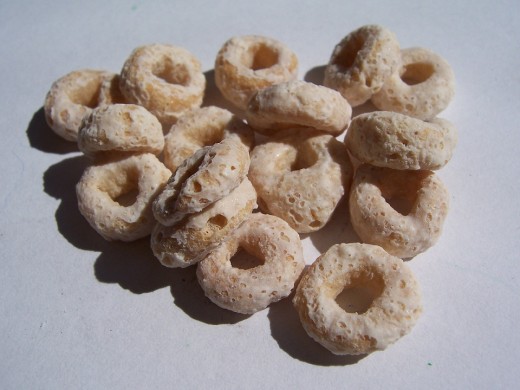
Counting Bites of Food
This next tip is a great way to get your child to remember numbers while also encouraging them to eat. If your child is still being spoon fed, start with a bowl of something that your child loves to eat such as applesauce or another pureed fruit. As you begin feeding them, count each time that they take a bite. Continue counting until all the food is consumed at which time you can praise them for eating so many bites. Over time, your child will learn the numbers and will easily be able to count at a young age. As your child grows, you can change things up a bit by encouraging them to eat a particular number of bites while counting them aloud. This same food counting concept can be easily applied to finger foods such as crackers and cereal as well.
Addition and Subtraction by Sharing Toys
One of my son's favorite toys are those small die-cast cars. He probably has about 30 of them in his room right now (and likely a few more hidden in the couch). For many children in America, small toys like this are a staple in the home. Fortunately for parents, playtime with these kinds toys can serve as a great opportunity to teach children about addition and subtraction. First, you can start by having your child count the amount of small toys that they have at the moment. Next, you can ask them to share some of those toys with another child by subtracting some toys from their pile.
Addition can be taught in a similar fashion. For example, if you come home from the store with a few new toys, ask your child to tell you how many toys they will have when these are added to their collection. The addition of toys can also occur when sharing between children is complete. Overtime your child will begin to develop a knack for adding and subtracting small numbers.
Draw With Your Child
One great thing about mathematics is that almost all concepts can be illustrated with pictures. This is especially true when it comes to learning about geometry and eventually fractions. Besides this, simple counting and arithmetic can be taught and reinforced with drawings. When drawing with your child try these tips to teach them a bit of math:
- Draw shapes and then use lines to divide them into smaller pieces. For example, a square can become two rectangles by drawing a line through it.
- Draw multiple copies of the same object, count them, cut them out, and use the images to show how addition and subtraction is performed.
- Draw numbers and have your child learn to recognize them and count with them
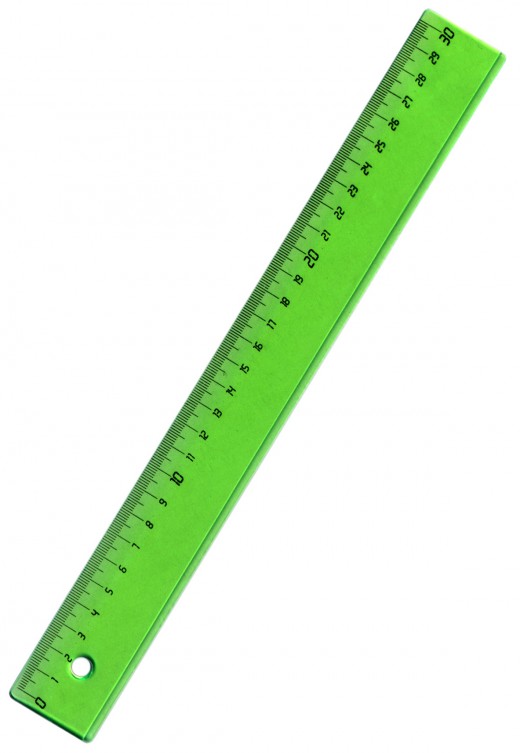
Measure Things
Although carrying a ruler or tape measure around with you may not be a typical everyday activity, these tools can prove useful in trying to help a child understand some fundamental math concepts. You can easily make a game for your child that will have them using numbers and laughing at the same time. Give them a ruler and have them measure things around the house. When they report the measurement to you, you can ask them what the length would be if there were two or three of those items lined up next to each other. Measuring can get even more fun if you include play-dough in the game. You and your child can make play-dough shapes, measure them, and then divide them into smaller pieces to teach division, addition, and counting.
Cooking Time!
Once again, food can make a great tool for teach math to a child. But this tip doesn't necessarily require you to eat anything right away. Instead, preparing a recipe with your child is a really great opportunity to discuss the basic concepts of math. Since every recipe that you follow has to give you quantities of ingredients to make it, you can use this to explain how numbers relate to an amount of something. Measuring cups and spoons will also help reinforce their ability to use addition, subtraction, multiplication, and division. For example, you can have your child use a 1/3 cup spoon to measure out 3 cups of flour for a cookie recipe. They will learn that 9 scoops of this size will equal the required 3 cups for the recipe.
Other Tips
The best piece of advice that I can give you with regards to teaching mathematics to child is that you need to be patient. Learning about numbers and how they relate to the world is not something that anyone can learn overnight. In addition to this, be sure to make math fun by turning your teaching into entertaining and engaging games. If the subject matter gets too boring because it resembles a lecture, your child will quickly lose interest in it.


